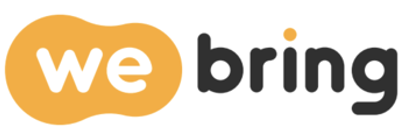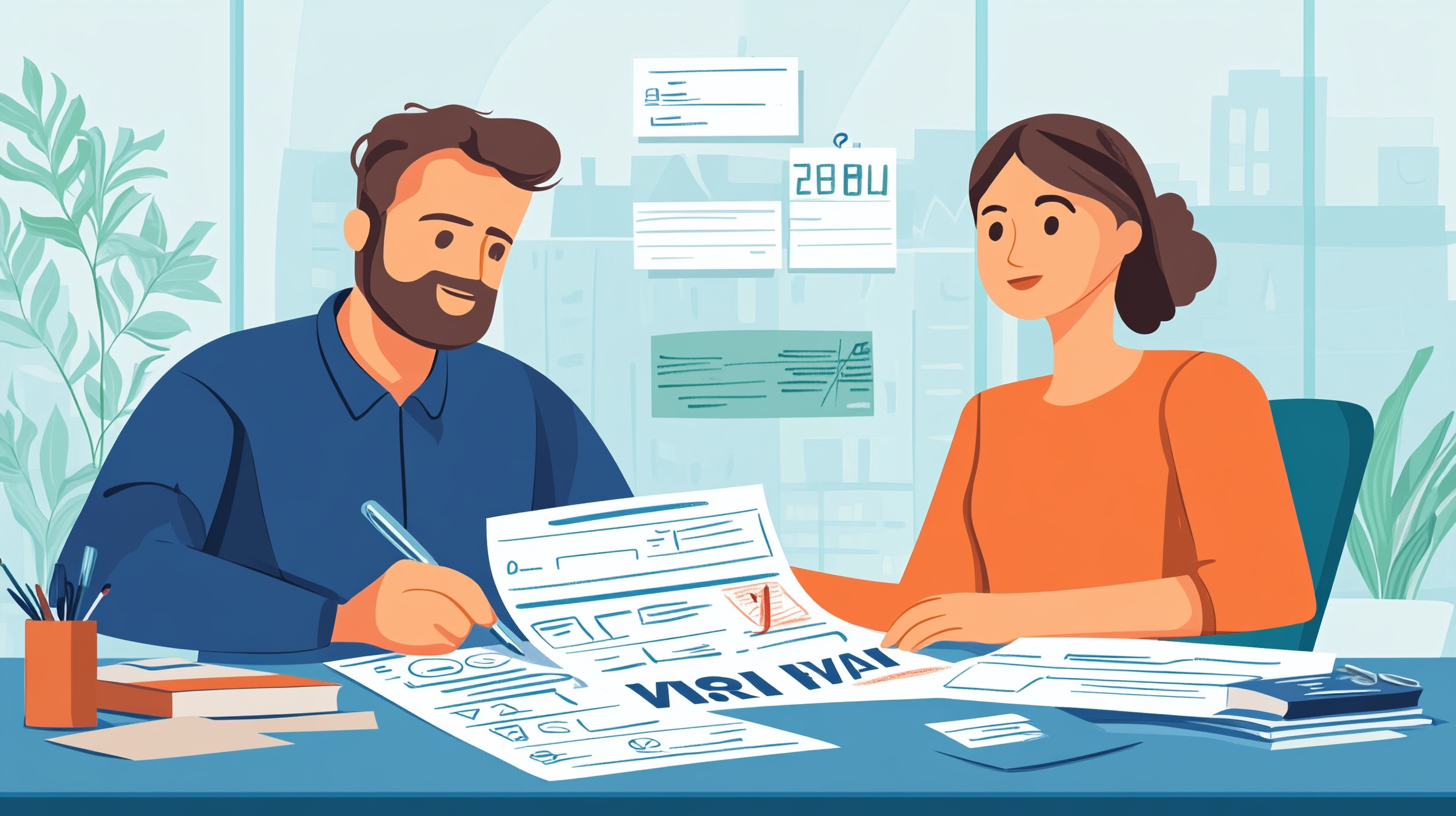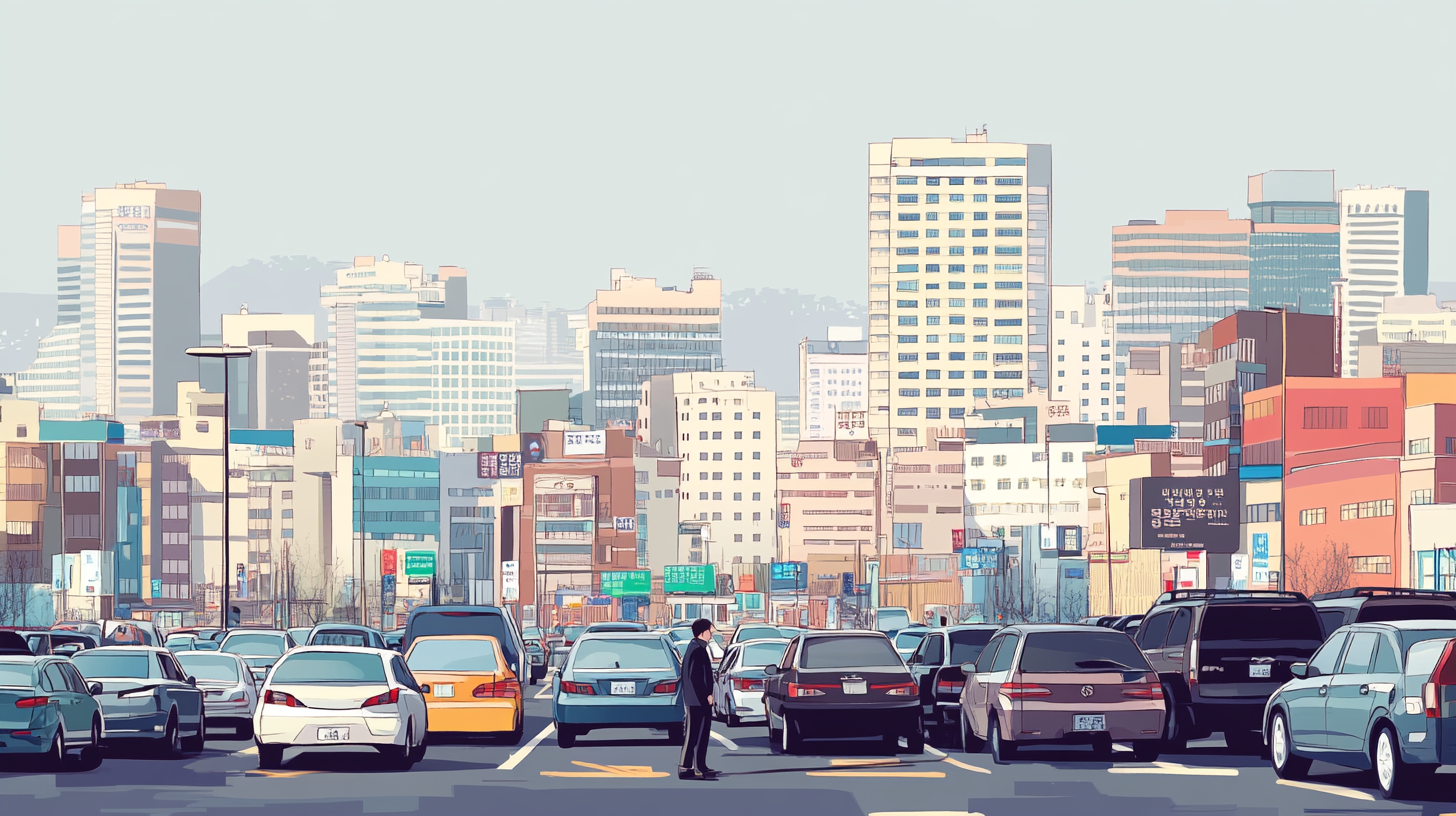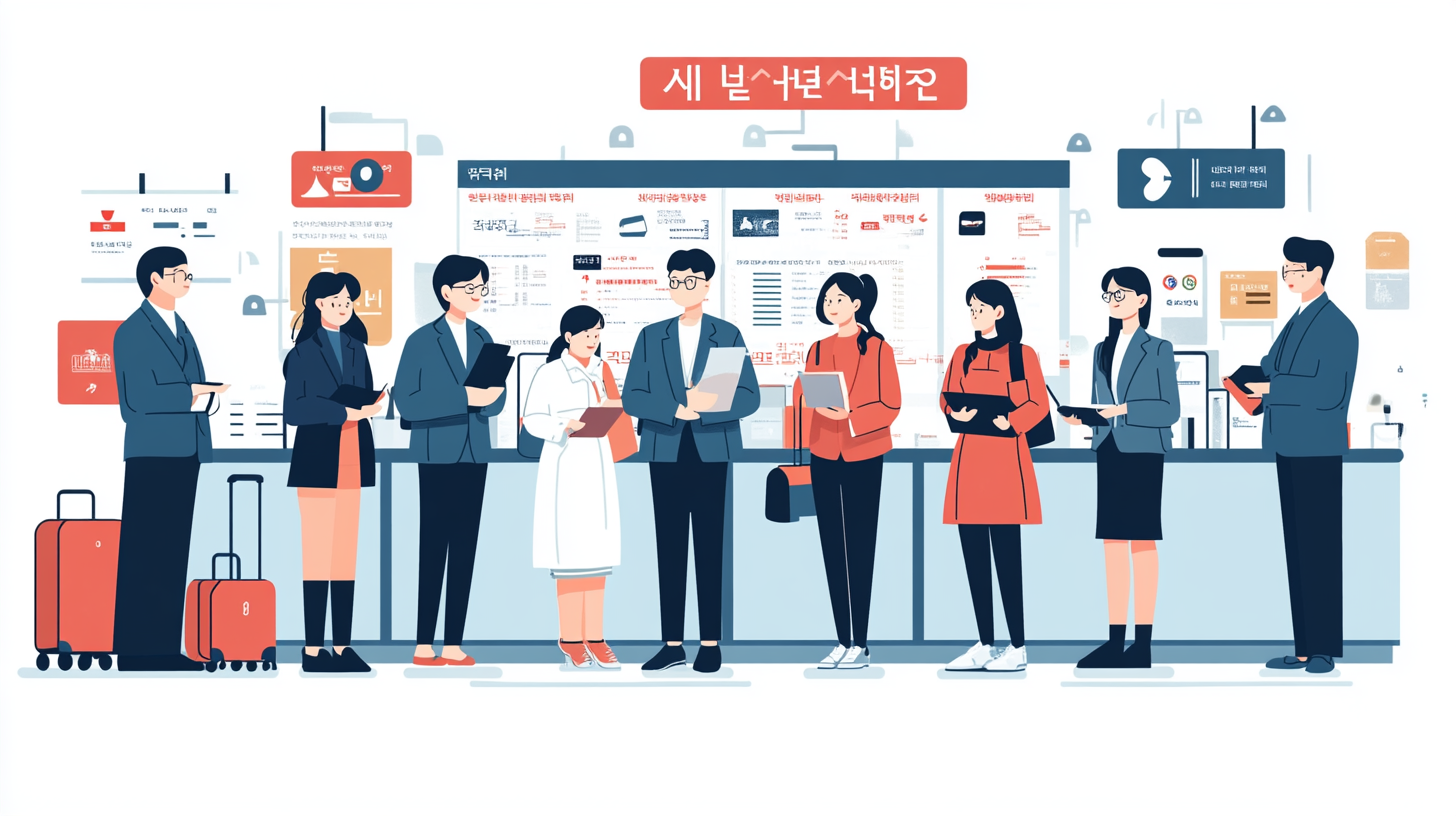Visa application, extension, and modification processes require extensive documentation and navigating communication with the immigration office can be challenging. Many opt for visa agency services to entrust experts with these procedures. However, this comes with additional costs, and choosing the wrong agency can lead to unpleasant experiences.
In this article, we’ll compare the pros and cons of handling visa procedures yourself versus using a visa agency, helping you determine the smarter choice for your situation.
Should You Use a Visa Agency? Pros and Cons of Handling the Process Yourself
Pros: Cost Savings & Better Understanding of the Process
One of the biggest advantages of managing your visa process yourself is saving on agency fees. Hiring an agency can cost anywhere from hundreds of dollars to several thousand, whereas handling it independently means only paying legal fees (immigration office processing fees).
Moreover, doing it yourself helps improve your understanding of the process. You’ll gain firsthand knowledge of documentation requirements and immigration regulations, which can be beneficial if you need to apply for or modify a visa in the future.
Cons: Time-Consuming & Procedural Complexity
Self-handling requires checking immigration websites (Hi Korea), organizing necessary documents, and dealing with translation or notarization. If you’re not fluent in Korean, communicating with immigration support centers may be difficult.
Additionally, mistakes such as missing documents or incorrect submissions can lead to delays and repeated visits to the immigration office, consuming more time than anticipated.

Pros and Cons of Using a Visa Agency
Pros: Expertise & Fast, Accurate Processing
Professional visa agencies have extensive experience handling various visa cases. They quickly assess required documents and provide customized guidance. Additionally, they often have networks for translation and notarization, expediting paperwork accurately.
Experienced agencies have working relationships with immigration offices, allowing for smoother application processing. As a client, you simply need to provide basic documents like identification, with the agency managing the entire submission process.
Cons: Cost & Trust Issues
Naturally, agency fees apply. Even a simple visa extension can cost a few hundred dollars, while more complex visas, such as marriage or investment visas, may exceed a thousand dollars.
Additionally, fraudulent “brokers” exist, demanding excessive fees by falsely guaranteeing visa approval. Some unscrupulous agencies may also fail to deliver results. This makes researching the agency’s credibility—through reviews, official registration, and success rates—essential before committing.
When Should You Handle It Yourself vs. Use an Agency?
Case 1: Simple Extensions (Student Visa D-2, English Teaching Visa E-2)
If you’re already familiar with the documentation process and have straightforward paperwork, handling it yourself may be a better option.
For instance, extending a D-2 student visa typically requires a certificate of enrollment, tuition payment receipt, and academic transcript. Similarly, E-2 (native English teacher) visa extensions require a criminal background check and employment contract. If processed online via Hi Korea, processing fees may also be slightly lower.
Case 2: Complex Visas (Marriage Visa, Investment Visa, Nationality Acquisition)
Marriage visas (F-6) require extensive documentation, including proof of a genuine relationship, background checks, and financial stability assessments, increasing the risk of missing crucial paperwork.
Investment visas (D-8) demand detailed business plans and financial proof, while nationality acquisition involves additional exams and documentation.
For these complex cases, leveraging expert agency services can significantly reduce time and frustration.
However, beware of illegal brokers who promise fraudulent approvals. Always verify whether an agency employs licensed professionals, such as certified administrative attorneys or immigration specialists.
Key Considerations When Choosing a Visa Agency
1. Expertise & Experience
Different agencies specialize in specific visas, such as marriage visas or investment visas. Check their niche expertise, recent success cases, and customer feedback. Exploring reviews on agency websites, social media, and forums can provide valuable insights.
2. Fee Structure & Refund Policy
Request a clear and detailed estimate during initial consultations. Understand who is responsible for obtaining each document, whether translation or notarization costs are included, and if refunds apply in case of visa denials.
Some agencies impose hidden fees, leading to significantly higher final costs than the initial quote, so ensure all charges are explicitly outlined in the contract.
3. Avoiding Fraudulent Brokers
Steer clear of agencies that claim “Guaranteed visa approval for a fee” or suggest document forgery. These practices are illegal and can result in personal penalties.
Verify whether the agency is legally registered and employs certified professionals such as accredited immigration attorneys or government-registered administrative specialists.
Real Case: How a Visa Agency Helped Expedite a Marriage Visa
John (J), a U.S. citizen, applied for an F-6 marriage visa after marrying his Korean spouse. However, managing cross-national documents (marriage certificates, background checks, financial proof) was overwhelming.
He initially attempted to handle it alone but later sought out a visa agency with English-speaking consultants. The agency assisted him with embassy visits, notarizations, and translation services, ensuring all paperwork was correctly submitted.
The service cost approximately $1,200, but J successfully obtained his visa in just two months without issues. He believes that had he processed it independently, it would have taken several months longer.
While the cost was not insignificant, it included translation and other aspects, making it a worthwhile investment for getting the visa without errors.
Conclusion: Choose Based on Your Situation & Abilities
Handling the visa process yourself helps you save money and gain deeper insights into immigration procedures. However, it is time-consuming and prone to mistakes, which can lead to extended delays.
On the other hand, opting for an agency ensures accuracy and professional handling but requires additional expenses and careful agency selection.
For simple extensions or visas with minimal paperwork, self-processing may be feasible. Conversely, complex applications like marriage or investment visas are better handled by professional agencies to avoid pitfalls.
Regardless of your choice, it’s important to have a basic understanding of regulations. Relying entirely on an agency without researching the process may lead to overpaying or receiving incorrect advice.
Ultimately, visa-related decisions significantly impact your life, so assess whether investing in professional support is worth the cost or if handling it independently is manageable. By carefully considering your circumstances, you can choose the best route and secure your visa smoothly for a successful stay in South Korea.
Looking for Visa Assistance?
Are you considering visa agency services? Explore Webring Visa Services for expert assistance tailored to foreign residents in South Korea.

WeBring Service : Provides personalized services to foreigners living in Korea
Exclusive offer: Introducing foreign car rental in Korea, WeBring-SoCar











